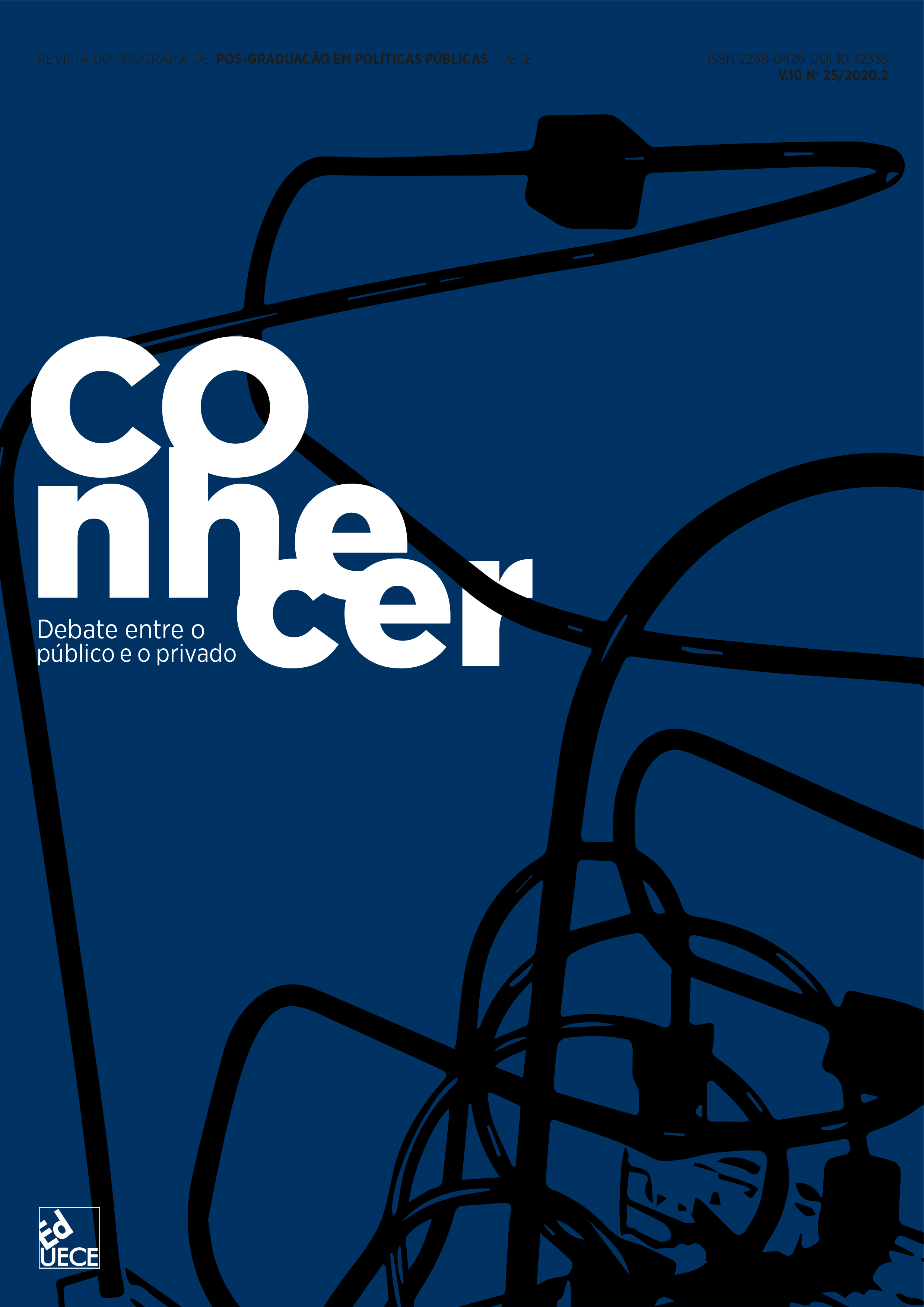Artesanato e políticas públicas no Brasil:
uma trajetória entre economia e cultura
DOI:
https://doi.org/10.32335/2238-0426.2020.10.25.3499Palavras-chave:
artesanato, cultura, economia, políticas públicasResumo
O termo artesanato , cuja raiz etimológica é o vocábulo arte, está envolto em hierarquias socialmente produzidas que atribuem a obras, artistas, artesãos e artesãs, posições diferenciadas, em meio à tensão conceitual entre artesanato e arte a qual se reflete no campo das políticas públicas, onde artesanato é uma atividade tratada ora na perspectiva da gestão pública da economia, ora na perspectiva das políticas de cultura. No Brasil, a abordagem das políticas públicas voltadas ao artesanato, considerando a natureza da atividade artesanal e as ambivalências conceituais a ela relacionadas, aponta alguns momentos paradigmáticos: a) até os anos 1970; b) dos anos 1970 aos 1990; c) dos anos 1990 aos 2000; e d) a partir dos anos 2000. Tendo em vista os limites e as possibilidades de tal periodização, aqui, ela é pensada como ferramenta heurística para refletir sobre o lugar da artesania na agenda pública e no país como um todo, em especial no que tange às relações entre artesanato, cultura e economia, com base tanto nas pesquisas já realizadas pelas autoras quanto naquelas ainda em curso no Estado do Piauí.Downloads
Não há dados estatísticos.
Downloads
Publicado
2020-08-03
Como Citar
Moraes, M. D. C. de, Seraine, A. B. M. dos S., & Barbosa, C. (2020). Artesanato e políticas públicas no Brasil:: uma trajetória entre economia e cultura. Conhecer: Debate Entre O Público E O Privado, 10(25), 159–182. https://doi.org/10.32335/2238-0426.2020.10.25.3499
Edição
Seção
Artigos
Licença
Autores que publicam nesta revista concordam com os seguintes termos:
Autores mantém os direitos autorais e concedem à revista o direito de primeira publicação, com o trabalho simultaneamente licenciado sob a Licença Creative Commons Attribution que permite o compartilhamento do trabalho com reconhecimento da autoria e publicação inicial nesta revista.




